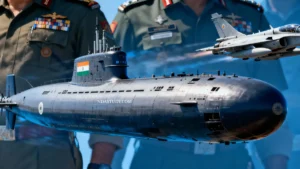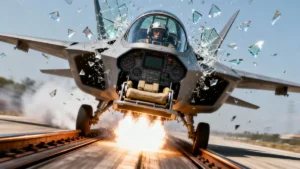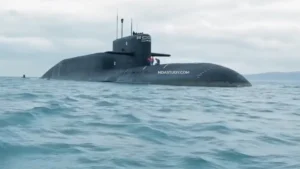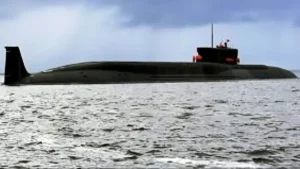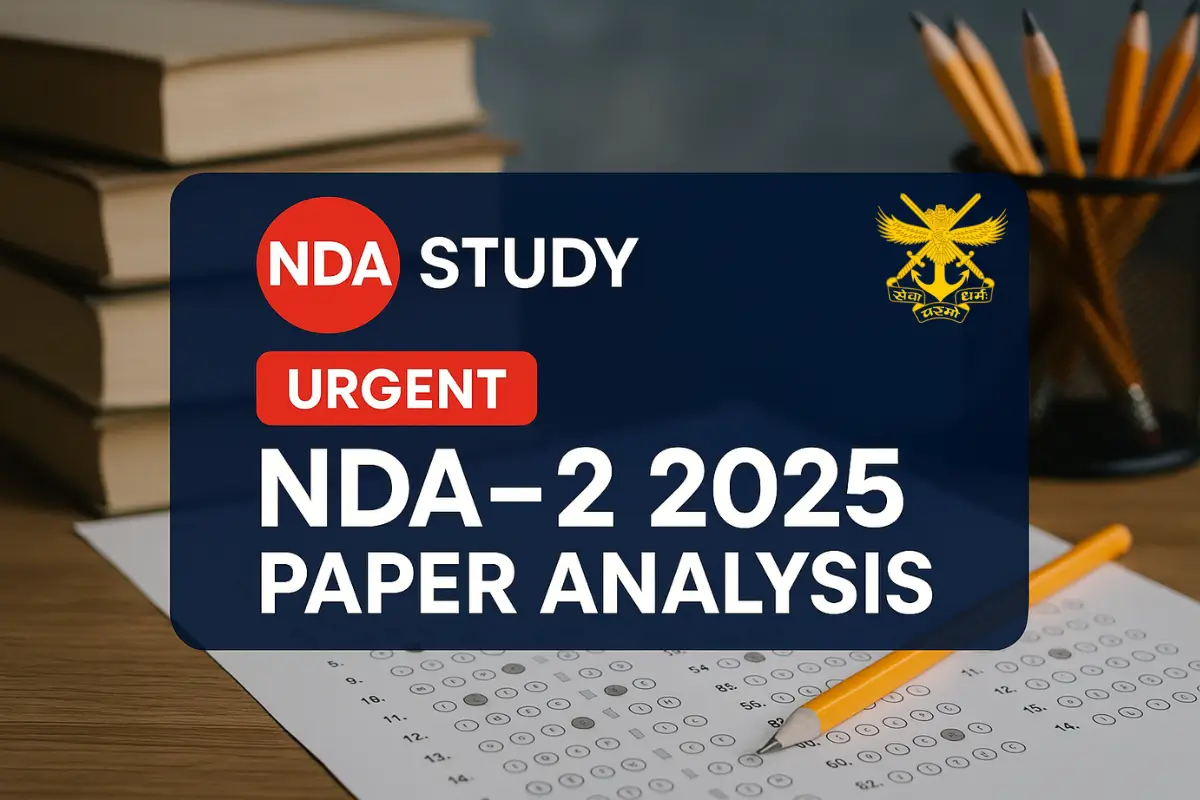On May 7-10, 2025, India’s Operation Sindoor unleashed the BrahMos missile in real combat. Pakistan’s air defenses couldn’t stop it. Zero interceptions. Devastating hits on airbases across Sargodha, Nur Khan, and Rafiqui. That single operation changed everything for defense exporters worldwide. Suddenly, BrahMos wasn’t theoretical anymore. It was battle-tested. Combat-proven. Unstoppable.
Now, six months later at Dubai Airshow 2025, something extraordinary is unfolding: Seven countries are actively negotiating to buy BrahMos missiles. More are in exploratory talks. The global defense market has finally answered the question: “Who wants India’s supersonic cruise missile?”
Answer: Everyone.
From Vietnam’s South China Sea defense to Indonesia’s maritime security, from Saudi Arabia’s air defense to Brazil’s coastal protection—the BrahMos export boom is reshaping global defense spending.
This is the story of how one combat operation created a $5 billion+ export opportunity.
THE 7 COUNTRIES ACTIVELY SEEKING BRAHMOS AT DUBAI AIRSHOW 2025
Based on research and analysis conducted by the NDA Study Defence Bureau (NSDB) and the Infowire Defence Research & Analysis Wing (IDRAW), the following is a list of seven countries that are actively seeking to acquire the BrahMos missile:
1️⃣ VIETNAM: $700M ARMY-NAVY PARTNERSHIP
Status: Advanced negotiations, near-finalization
Deal Value: $700 million
Target Platforms: Army ground-based + Navy ship-launched
Strategic Motivation: South China Sea security against China
Vietnam faces China’s most aggressive posturing in Southeast Asia. The South China Sea territorial disputes make missile defense existential.
BrahMos offers what Vietnam needs: long-range precision, proven interception-proof capability, and surface-to-surface/ air-to-surface flexibility.
Deployment Strategy (Expected):
- Coastal defense batteries along Vietnamese coast (Mekong Delta, Mekong River)
- Su-30MKI fighters armed with air-launched BrahMos (ALCMs) for maritime patrol
- Navy vessels equipped for ship-launched variants
Why Vietnam Wants It: Vietnam already operates Indian-origin Kilo-class submarines, Krivak-class frigates, and Su-30MKIs. BrahMos is the natural weapons integration for these platforms.
Timeline: Expected signing by Q1 2026; deliveries starting 2027.
2️⃣ INDONESIA: $450M DEAL IN FINAL APPROVAL STAGE
Status: 99% finalized, awaiting Russian approval signature
Deal Value: $450 million
Target Platforms: Su-30MKM fighters, Kedah-class warships, land-based variants
Strategic Motivation: Maritime security, China deterrence
Indonesia has been negotiating BrahMos for nearly a decade. Why so long? Politics. Export controls. Russian-India coordination complexity.
But Operation Sindoor changed the calculus. Indonesia’s defense ministry accelerated negotiations in May-June 2025.
Current Status (As of Nov 2025):
- Financing arranged
- Procedural stages completed
- Only awaiting Russian Federation approval on final contract
- Expected signature: December 2025 – January 2026
Strategic Positioning:
- Indonesia’s 6,000+ island archipelago = vulnerable to Chinese naval expansion
- Su-30MKM fighters already in service; BrahMos integration straightforward
- Kedah-class frigates can host ship-launched batteries
Why Indonesia Wants It: Indonesia’s defense budget growing 5-7% annually. BrahMos gives asymmetric deterrence against China’s naval superiority.
3️⃣ MALAYSIA: AIR-LAUNCHED VARIANT FOR SU-30MKM
Status: Active negotiations, formal interest expressed
Deal Value: Estimated $200-300M
Target Platforms: Sukhoi Su-30MKM fighters exclusively
Strategic Motivation: Air defense modernization, South China Sea posturing
Malaysia operates 18 Su-30MKM fighter jets—perfect platforms for BrahMos air-launched variant (ALCM).
Royal Malaysian Air Force Interest:
- Integration with existing air-to-air refueling infrastructure
- Coordination with existing Dassault Mirage 2000 fleet
- Maritime patrol over South China Sea (claimed zones)
Why Malaysia Wants It: Malaysia claims significant South China Sea territory. Air-launched BrahMos gives long-range stand-off strike capability against surface vessels, oil platforms, and island installations.
Expected Timeline: Negotiations ongoing; likely deal signing by mid-2026.
4️⃣ THAILAND: EXPLORATORY DISCUSSIONS UNDERWAY
Status: Early-stage formal inquiries
Deal Value: Estimated $150-250M potential
Target Platforms: Ground-based coastal defense, potential Su-30MKI integration
Strategic Motivation: Andaman Sea security, maritime deterrence
Thailand operates a modest military with 12 Su-30MKI-equivalent fighter jets and faces maritime security challenges in the Andaman Sea and Gulf of Thailand.
Thai Navy Interest:
- Coastal defense against China-backed irregular forces
- Naval modernization aligned with Indian cooperation
- Andaman Sea strategic positioning
Current Stage: Thailand’s defense ministry sent formal delegation to Delhi in September 2025 to evaluate BrahMos specifications, operational costs, and integration timelines.
5️⃣ UAE (UNITED ARAB EMIRATES): GULF’S FIRST BrahMos BUYER
Status: Discussions with “unprecedented momentum” (per BrahMos Aerospace director Praveen Pathak, Nov 2025)
Deal Value: Estimated $300-500M
Target Platforms: Al Dhafra-class frigates, ground-based air defense, potential F-16 integration
Strategic Motivation: Iran deterrence, GCC security architecture
UAE is pursuing deeper defense partnership with India post-Abraham Accords. BrahMos fits perfectly into UAE’s Iran-centric defense posture.
Strategic Value for UAE:
- Complements US-supplied Patriot air defense systems
- Long-range precision strike against Iranian naval/air threats
- Joint manufacturing/assembly possible (UAE industrial zone development)
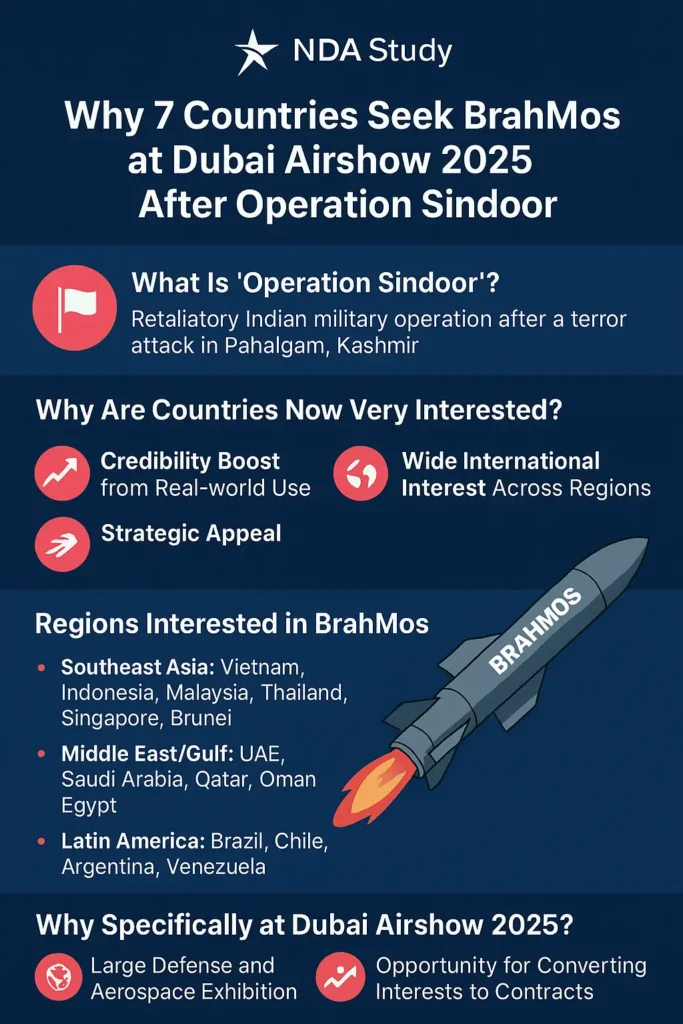
Dubai Airshow 2025 Announcement: BrahMos Aerospace director confirmed “strengthening partnership in Middle East region, particularly with UAE.”
Why UAE Wants It: India is UAE’s trusted non-Western defense supplier. BrahMos gives UAE indigenous/semi-indigenous strike capability independent of US export approval cycles.
6️⃣ SAUDI ARABIA & GULF QUARTET: COLLECTIVE INTEREST
Status: Formal inquiries (Saudi Arabia, Qatar, Oman, Egypt, Bahrain)
Deal Value: Combined potential $800M-1.2B (all Gulf nations combined)
Target Platforms: Naval frigates, ground-based coastal defense, air defense integration
Strategic Motivation: Iran containment, regional military modernization
Saudi Arabia leads GCC missile acquisition strategy. Recent Saudi-India defense engagement has accelerated BrahMos interest.
Key Players:
- Saudi Arabia: $350-500M potential (naval + air defense variants)
- Qatar: $150-250M (limited military, focus on coastal defense)
- Oman: $100-200M (Sultan Qaboos-class frigate integration)
- Egypt: $200-300M (Nile River/Suez Canal defense modernization)
Strategic Implication: If even 50% materialize, Gulf could represent India’s largest BrahMos export bloc ($400-600M annually).
7️⃣ BRAZIL & LATIN AMERICA: EMERGING FRONTIER
Status: Exploratory talks (Brazil, Chile, Argentina, Venezuela)
Deal Value: Combined potential $300-600M
Target Platforms: Naval frigates, coastal defense, S-400 air defense integration
Strategic Motivation: Regional maritime security, China/Russia deterrence
Brazil is India’s largest defense partner in Latin America. Recent Brazilian military delegation visited Delhi in October 2025 to evaluate BrahMos for Brazilian Navy modernization.
Brazil’s Interest:
- Amazon River defense (emerging security concern)
- Atlantic coastal security (piracy, trafficking)
- Integration with existing Indian-origin platforms
- South Atlantic geopolitical positioning
Why This Matters: Latin American interest proves BrahMos is now truly “global weapon,” not just Indo-Pacific.
Related Articles Worth Exploring:
Tejas Fighter Jet Crashes at Dubai Air Show 2025: No official …
Colombia Fighter Jet Deal: €3.1B Gripen-E Contract Exposed
10 Reasons Why Exercise Malabar 2025 Is Breaking All Records (Fact #7 Will Shock You)
7 Most EXPLOSIVE India-Vietnam Defence Partnership Breakthroughs VINBAX 2025 Revealed
WHY OPERATION SINDOOR TRIGGERED THIS EXPORT EXPLOSION
Factor #1: Combat Proof > Marketing Claims
Before May 2025, BrahMos was the “theoretical superweapon.” Impressive specs, but unproven in real combat.
Operation Sindoor changed that overnight. Satellite imagery confirmed direct hits. Pakistan’s defense system failed completely. Ex-DRDO chiefs publicly stated Pakistan’s AND Chinese air defense systems couldn’t stop BrahMos.
Export Impact: Buyer confidence skyrocketed from “promising” to “battle-tested.”
Factor #2: Pakistan’s Defense Failure = Everyone Else’s Opportunity
Pakistan failed to intercept a single BrahMos missile during Operation Sindoor.
Logically, other nations thought: “If Pakistan—backed by Chinese and American defense tech—can’t stop BrahMos, then BrahMos is indeed uninterceptable.”
Vietnam, Indonesia, Malaysia realized this created an asymmetric advantage against Chinese naval superiority. Middle East nations realized it counters Iranian threats. Latin America saw regional deterrence value.
Factor #3: Geopolitical Urgency (South China Sea)
China’s 2025 naval posture in South China Sea became more aggressive. Vietnam, Indonesia, Malaysia, Philippines all faced increased Chinese pressure.
BrahMos became the “affordable superweapon” that offered credible defense without breaking national budgets (vs. $2B+ for modern air defense systems).
Factor #4: India’s Export Execution Success
Philippines received first BrahMos battery in April 2024. Second battery arrived April 2025.This proved India could deliver complex weapons systems through active security environments.
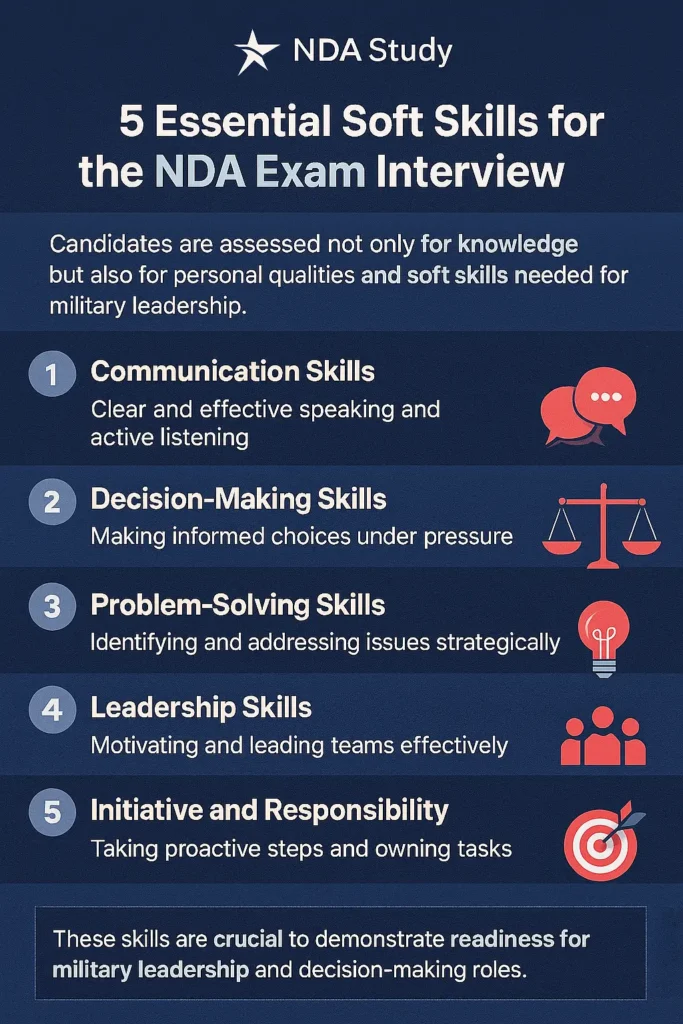
No delays. No excuses. On schedule. Potential buyers watched this execution closely. If India delivered to Philippines without issues, Indonesia, Vietnam, and others felt confident investing.
Factor #5: “Aatmanirbhar Bharat” Credibility
India’s indigenous defense manufacturing now has global credibility. 83% of BrahMos components are manufactured in India (up from 30% a decade ago).
Buyers prefer indigenous suppliers over Western-dependent countries. BrahMos proved India can deliver at competitive costs without geopolitical strings attached.
DUBAI AIRSHOW 2025: THE EXPORT SHOWCASE
Dubai Airshow 2025 (Nov 17-21) became the de facto BrahMos export marketplace.
BrahMos Aerospace at Dubai:
- Pavillion showcasing air-launched, sea-launched, land-launched variants
- Live demonstrations of integration with Su-30MKI, F-16, frigate platforms
- Technical specifications displayed for procurement officers
- One-on-one negotiations with 7+ country delegations
BrahMos Aerospace Director Praveen Pathak Statement (Nov 2025):
“We aim to strengthen our partnership in the Middle East region, particularly with UAE. Both sides can benefit from the high-tech capabilities of the BrahMos system, developed through the scientific expertise of both India and Russia.”
P. Pathak, Director BrahMos Aerospace
Implication: UAE deal is the “gateway” to broader Gulf + Middle East market.
THE MONEY: $5 BILLION+ EXPORT OPPORTUNITY OVER 5 YEARS
Conservative Estimate (Confirmed + Advanced Talks):
| Country | Deal Value | Status | Delivery Timeline |
|---|---|---|---|
| Philippines (Delivered) | $375M | ✅ Ongoing (3rd battery pending) | 2025-2026 |
| Vietnam | $700M | 🟡 Near-finalization | 2026-2028 |
| Indonesia | $450M | 🟡 Russian approval pending | 2026-2027 |
| Malaysia | $250M | 🟡 Negotiations ongoing | 2026-2028 |
| Gulf Nations | $600M+ | 🟡 Exploratory talks | 2026-2029 |
| Thailand | $200M | 🔵 Early inquiries | 2027-2029 |
| Brazil & Latin America | $400M | 🔵 Exploratory talks | 2027-2030 |
| Others (Singapore, Brunei, Egypt, others) | $300M | 🔵 Preliminary interest | 2027+ |
| TOTAL POTENTIAL (5 Years) | $5.3B+ | — | — |
This estimate is CONSERVATIVE. If BrahMos-2 (hypersonic) variants begin export sales, numbers could double.
PRODUCTION CAPACITY: CAN INDIA DELIVER?
Challenge: Seven countries can’t all receive BrahMos simultaneously.
India’s Response:
- New Lucknow Facility: Inaugurated Oct 2025 (Lucknow-Kanpur highway). Final integration + testing center.
- Uttar Pradesh Defense Corridor: 7+ defense industries now producing BrahMos components
- Production Ramp-up: Plans to increase annual output from 50 missiles (2024) to 150+ missiles (2026)
- Export Queue Management: Philippines → Vietnam → Indonesia priority; others follow 2027+
Timeline Implication: Even with increased capacity, delivery will span 5-7 years. First-mover advantage goes to Vietnam/Indonesia (already in advanced talks).
COMPETITIVE THREATS: WHY BRAHMOS VS. ALTERNATIVES
| Alternative | Speed | Range | Cost | Interception Difficulty | Export Status |
|---|---|---|---|---|---|
| BrahMos | Mach 2.8-3 | 290km (ext. 500-800km) | $50M/battery | Extreme (unintercepted in Sindoor) | ✅ Proven exporter |
| Tomahawk (US) | Mach 0.7 (subsonic) | 1,700km | $1B+/unit | Moderate (older tech) | ❌ Restricted export |
| Kinzhal (Russia) | Mach 10+ (hypersonic) | 2,000km | Classified, expensive | Extreme | ❌ Restricted export |
| YJ-21 (China) | Mach 4 | 400km | $30-40M/unit | High | ⚠️ Limited export |
| LRASM (US) | Mach 0.8 | 560km | $3B+/unit | Moderate | ❌ No export |
BrahMos Advantage:
- Proven export (Philippines success)
- Non-Western supplier (geopolitically flexible)
- Affordable ($50M/battery for 3 missiles)
- Combat-proven (Operation Sindoor)
- Available NOW (not vaporware)
- India willing to share tech, training, maintenance
Southeast Asia: China-Deterrent Weapons Cluster Emerges
If Vietnam, Indonesia, Malaysia all acquire BrahMos:
- Combined coverage of South China Sea = 2,000+ km missile “bubble”
- China can’t operate freely without risk
- Xi Jinping’s “peaceful rise” narrative undermined
- ASEAN unity on maritime security strengthens
Middle East: Non-Western Defense Supplier Emerges
If Saudi Arabia + UAE + Gulf nations acquire BrahMos:
- Reduces US-dependency for missile defense
- Creates India-Gulf defense partnership axis
- Iran calculates risk differently (India now provides regional deterrence)
- Russia-India-Gulf defense triangle forms
India’s Geopolitical Position: Supplier, Not Buyer
For 70 years, India imported 60-70% of military hardware.
Now India exports indigenous systems. That’s a historic shift.
BrahMos exports = India’s arrival as credible defense exporter (alongside France, Germany, Israel).
TIMELINE: WHEN WILL EACH COUNTRY GET BRAHMOS?
| Country | Expected Signing | First Deliveries | Full IOC |
|---|---|---|---|
| Philippines | ✅ Done (2022) | ✅ Done (2024-2025) | ✅ 2025 |
| Vietnam | Q1 2026 | Q4 2026 | 2028 |
| Indonesia | Q4 2025 – Q1 2026 | Q2 2026 | 2027 |
| Malaysia | Q3 2026 | Q2 2027 | 2028 |
| UAE | Q2 2026 | Q1 2027 | 2027 |
| Saudi Arabia | Q4 2026 | Q2 2027 | 2028 |
| Thailand | Q1 2027 | Q4 2027 | 2028 |
| Brazil | Q2 2027 | Q1 2028 | 2029 |
FAQs | Why 7 Countries Seek BrahMos at Dubai Airshow 2025
1. Why Did 7 Countries Start Seeking BrahMos Only After Operation Sindoor?
BrahMos had impressive specs for 20 years but zero combat proof. Operation Sindoor provided that proof. When satellite imagery showed Pakistan’s defense completely failed to intercept even one BrahMos missile, suddenly the weapon shifted from “theoretically superior” to “definitely superior.” Buyers needed that confidence threshold.
2. Can India Produce Enough BrahMos for All 7 Countries Simultaneously?
No. Current capacity is 50-70 missiles/year; planned expansion to 150+/year by 2027. Even then, serving 7+ countries means 8-10 year delivery cycles. Philippines → Vietnam → Indonesia will get priority based on negotiation timeline. Others will queue.
3. Will Russia Block Exports Like They Do With Su-30 Spare Parts?
Unlikely. BrahMos is co-developed India-Russia. Russia benefits from sales (revenue share, geopolitical influence in buyer nations). Unlike Su-30 fighters, BrahMos exports don’t threaten Russian interests. Russia already approved Philippines deal; Indonesia deal awaits final Russian signature (expected by December 2025).
4. What Happens if the US Pressures India to Stop Exports?
India has legal/diplomatic cover. BrahMos is 83% indigenously manufactured (qualifies as Indian export, not subject to US licensing). India-Russia joint venture = multilateral agreement, not US-bound. US has limited leverage over BrahMos exports (unlike Tejas or Akash, which contain US components).
5. Why Would China Tolerate These Exports?
China can’t stop them. All buyers (Vietnam, Indonesia, Malaysia) are already China-wary. If anything, China’s South China Sea assertiveness JUSTIFIES these exports diplomatically. India frames BrahMos sales as “regional stability measures,” which the international community (US, Japan, Australia) supports openly.
6. Can NDA Officers Work on BrahMos Export Programs?
Yes. Navy + Air Force officers get postings at BrahMos Aerospace for export coordination, operator training, and combat integration planning. As BrahMos exports scale, India needs hundreds of military liaison officers, technical advisors, and training coordinators. Career opportunities significant for NDA graduates.
INDIA’S DEFENSE EXPORT RENAISSANCE BEGINS AT DUBAI
Dubai Airshow 2025 wasn’t just an air show. It was the marketplace for India’s defense export revolution. When 7 countries actively negotiate BrahMos purchases, when BrahMos Aerospace directors publicly confirm “unprecedented demand,” when satellite imagery proves Pakistan’s defense failure—that’s not coincidence.
That’s the moment India transitioned from regional military power to global defense supplier. Operation Sindoor provided the proof. Dubai Airshow 2025 provided the stage. Now execution matters. If India delivers BrahMos to Vietnam, Indonesia, Malaysia on schedule—if it trains operators, maintains systems, supports upgrades—then by 2030, BrahMos will be operational in 10+ countries across three continents.
That’s not just a missile. That’s geopolitical leverage.
For NDA aspirants: India’s defense export sector is hiring. BrahMos programs, missile systems integration, operator training, export coordination—these are 10-year career trajectories starting now.
The age of India as defense exporter has begun. Dubai 2025 was just the opening ceremony. 🚀

